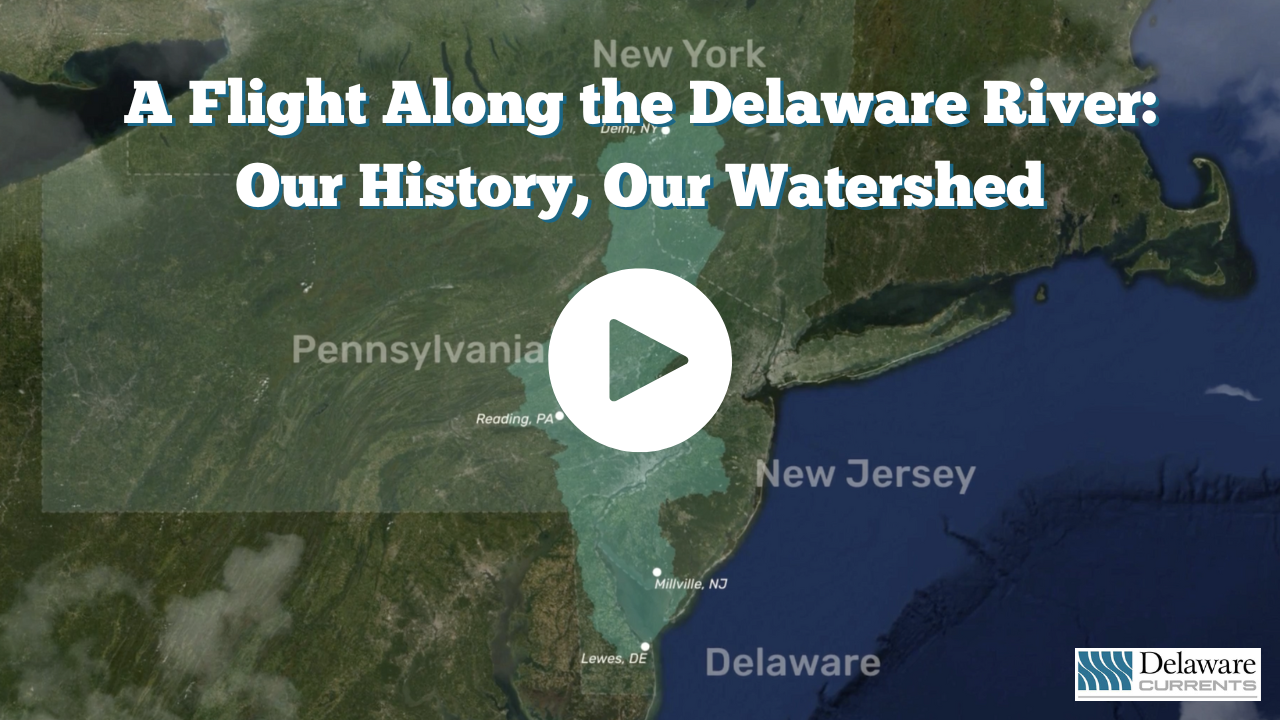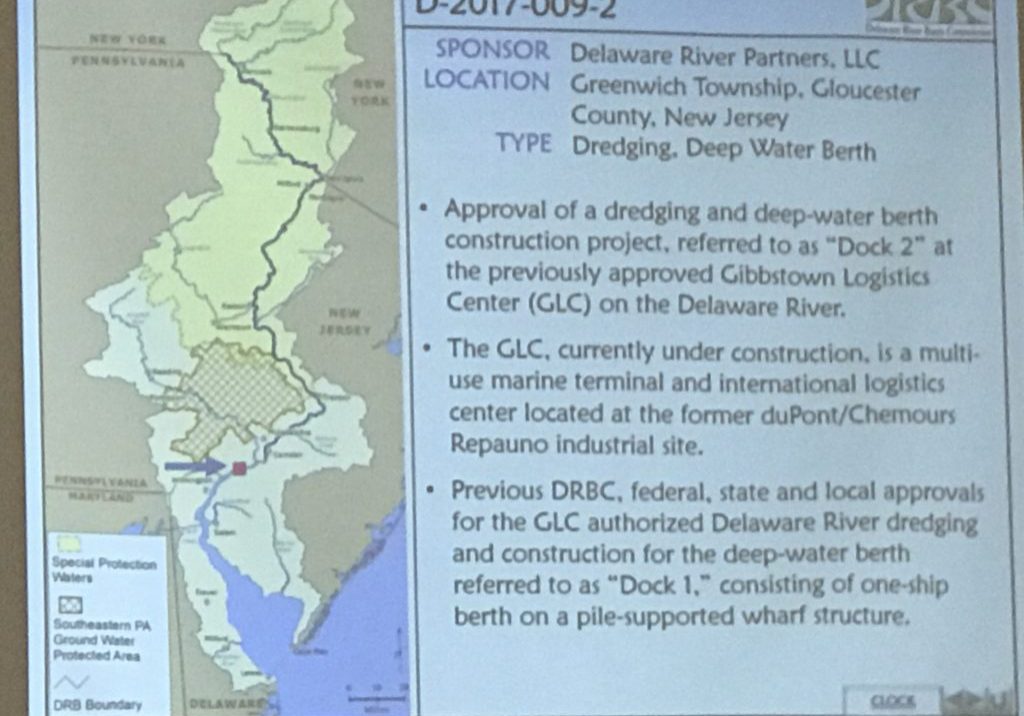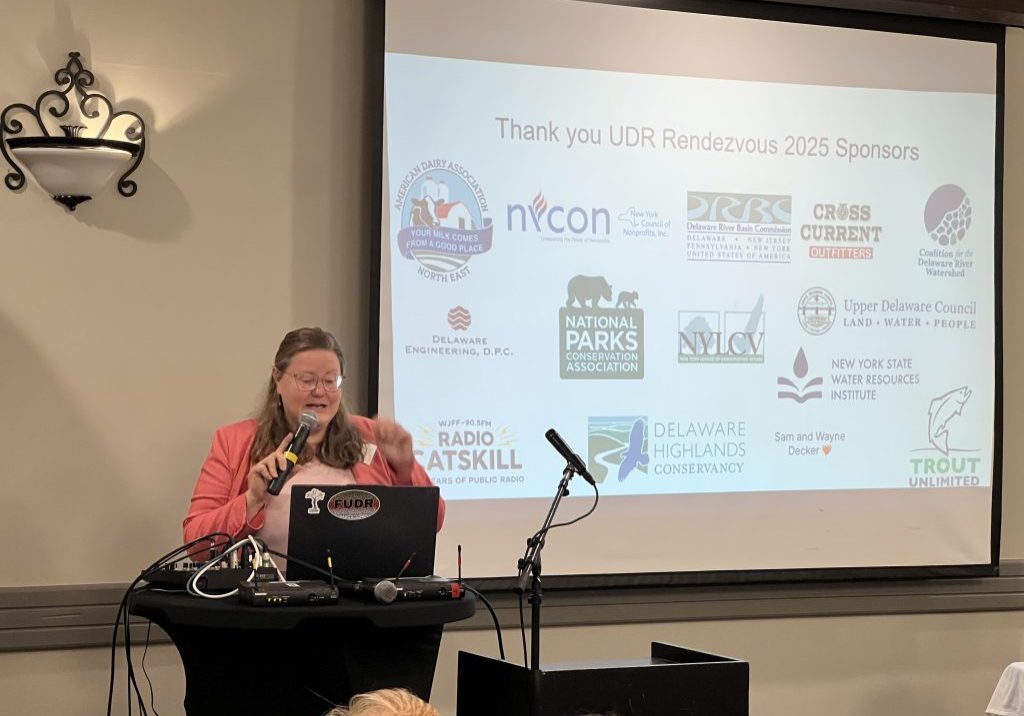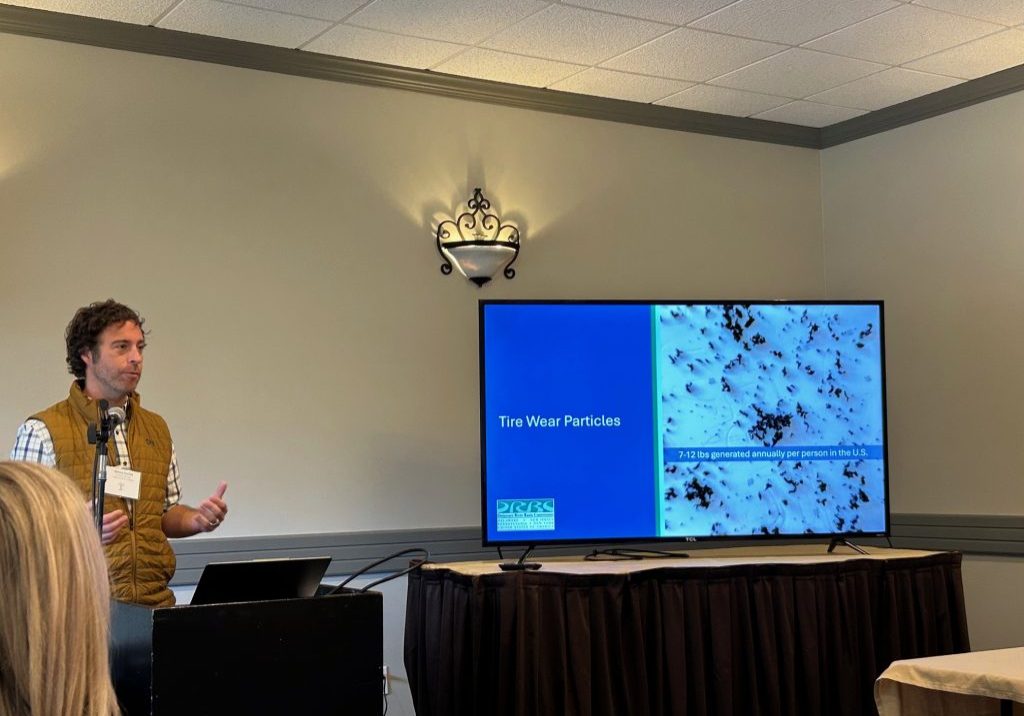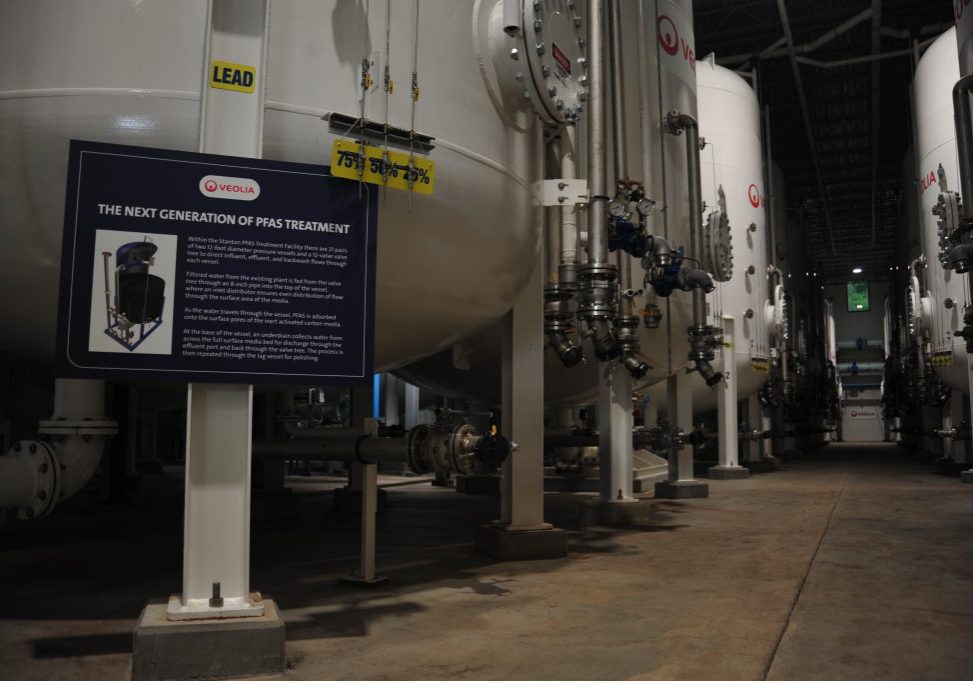
It’s not unicorns and rainbows around here….
| August 4, 2025
Editor’s note: This is a version of a FREE newsletter from Delaware Currents, which is delivered to subscribers periodically. If you'd like to get this directly to your inbox, please subscribe.
Liam Mayo wrote a great report from the Pennsylvania Energy & Innovation Summit that was held in Pittsburgh, Pa., on July 15.
Kudos to him and The River Reporter for extending its coverage to that summit, a good bit distant from its Narrowsburg, N.Y., newsroom.
Here’s the unsettling news: “Billions of dollars will be invested in natural gas and data center infrastructure throughout Pennsylvania as part of a push to make the commonwealth a hub for the development of artificial intelligence, with investments to include $25 billion for natural gas power generation in Northeast Pennsylvania.”
We here in the watershed do seem to be getting battered by not-very-good news.
Here’s another story about the dire straits of the National Park Service, particularly the Delaware Water Gap National Recreation Area, brought to you by freelance reporter Chris Mele and the National Parks Conservation Association.
In a nutshell: “…current and pending cuts in National Park Service staff and funding will harm visitor’ experiences, degrade facilities and risk public safety at the Delaware Water Gap National Recreation Area.”
And then this piece from Jon Hurdle, writing for Inside Climate News, which offers a wrap-up of various recent moves that seem to threaten the Delaware River Basin Commission’s ban on fracking in the watershed.
The New York Times reported, “In Game-Changing Climate Rollback, E.P.A. Aims to Kill a Bedrock Scientific Finding.”
Here’s the nut graph: “Without (it), the E.P.A. would be left with no authority under the Clean Air Act to regulate the greenhouse gas emissions that are accumulating in the atmosphere from the burning of fossil fuels.”
The only bright spot I can offer in this roundup is that there are still young people who are interested in environmental reporting.
Frank Santos is a multimedia journalist of Puerto Rican and Nicaraguan descent from Camden, N.J. He was one of the terrific young journalists I had the privilege of working with in the South Jersey Information Equity Project. That mostly finished last summer but Frank earned a fellowship from the Center for Cooperative Media to do another story on water quality in New Jersey. Read his story here.
Thanks for reading (and caring!)

